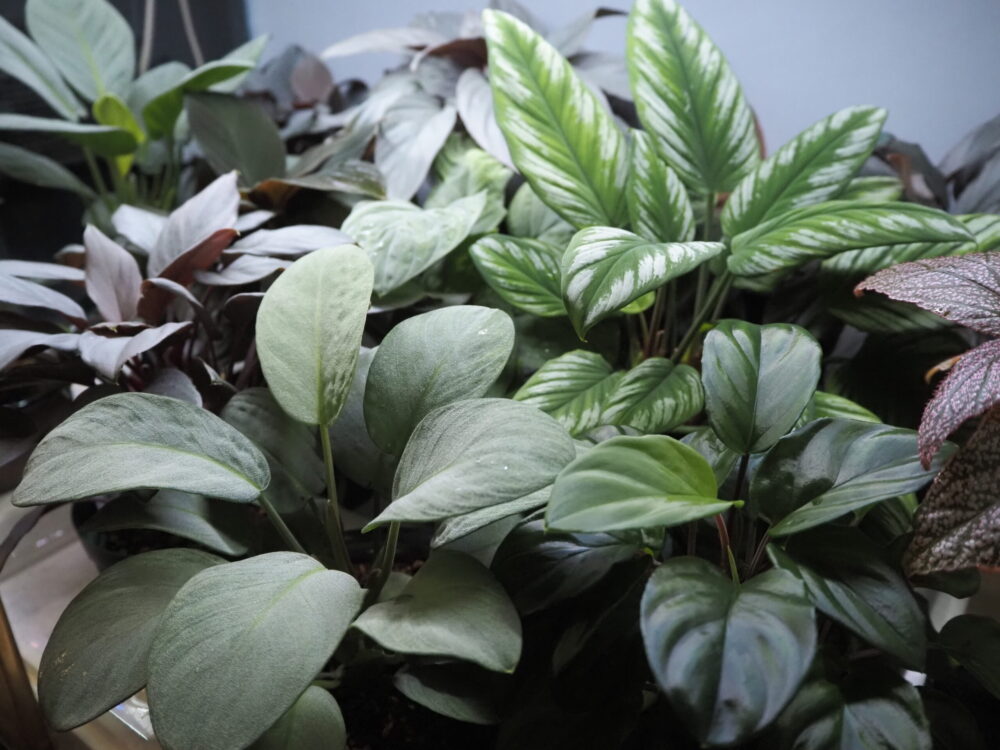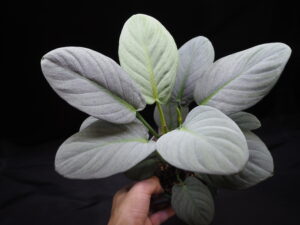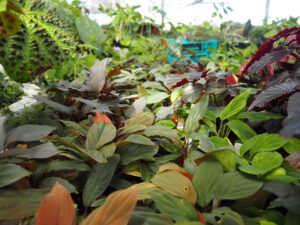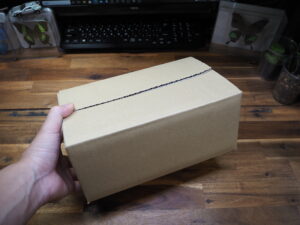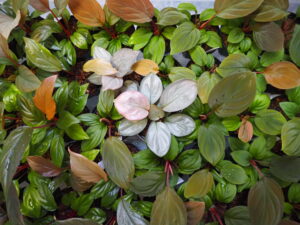Restore this Homalomena to a good, clean shape. It has grown too tall, has many aerial roots, and damaged leaves. If left unattended, it will become even uglier.
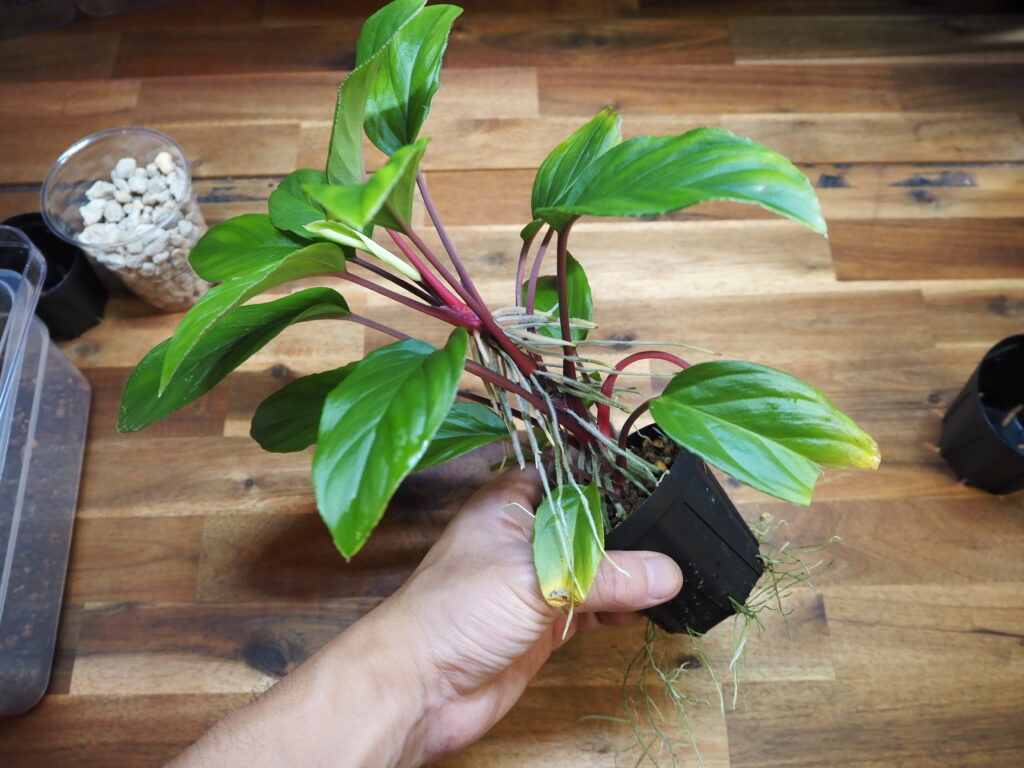
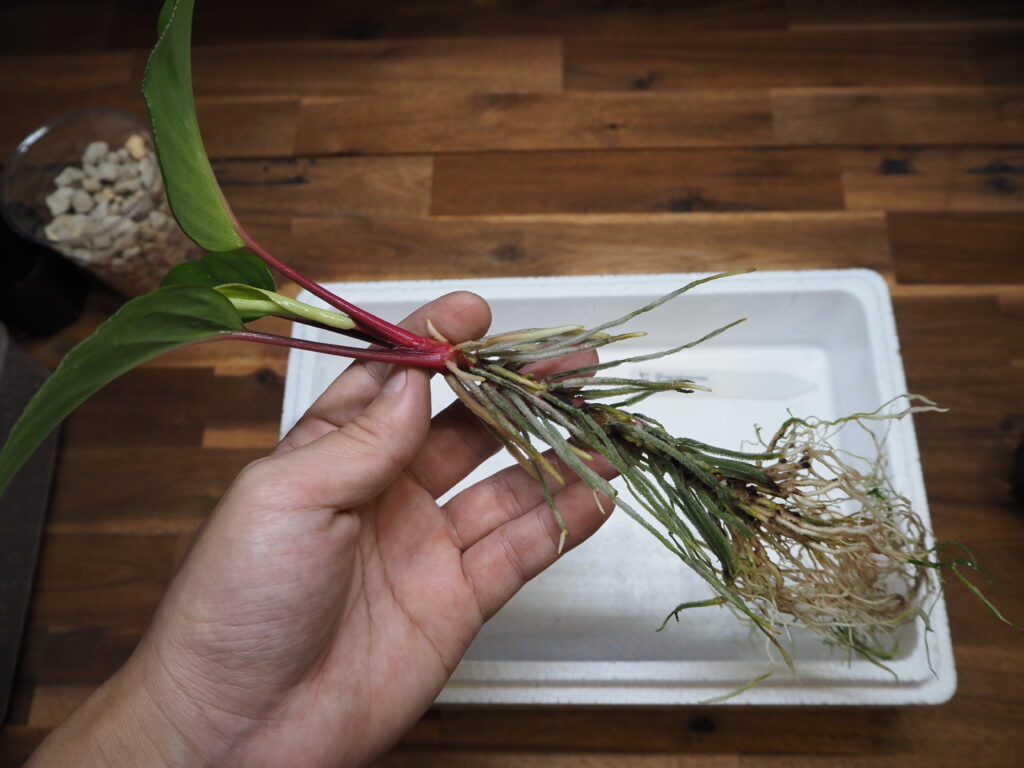
Old or damaged leaves should be completely removed.
That should be done more drastically than expected.
Even seemingly healthy leaves are likely to be damaged in the future due to the stress of the repotting process.
In the case of this Homalomena, I discarded more than 10 leaves.
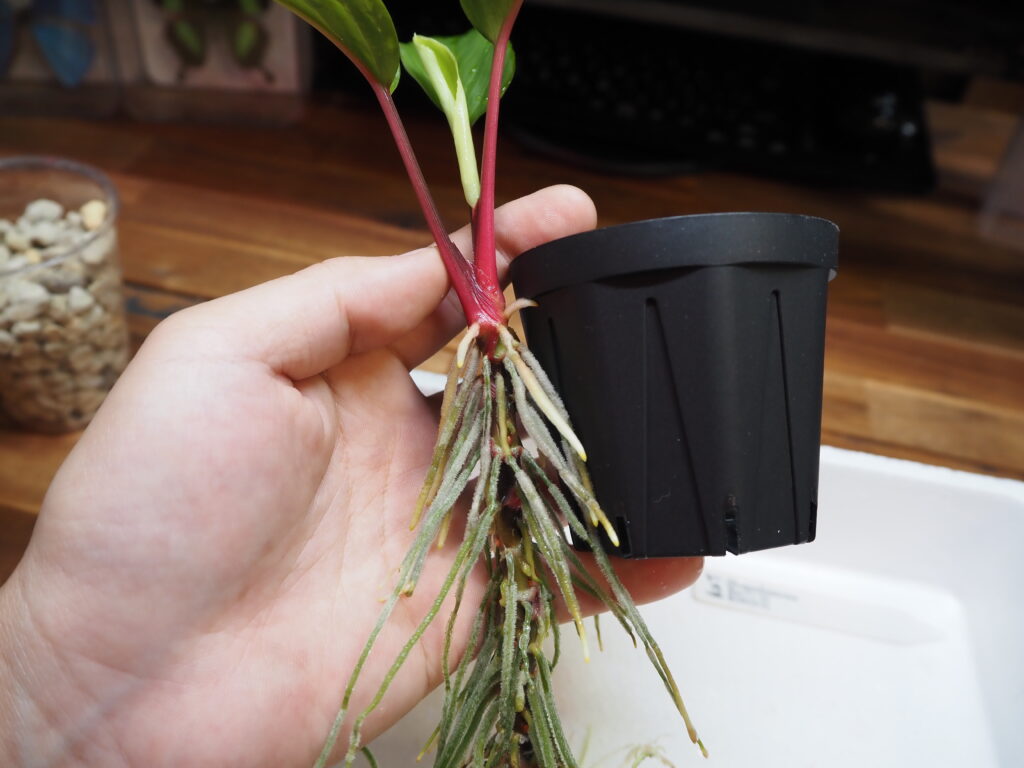
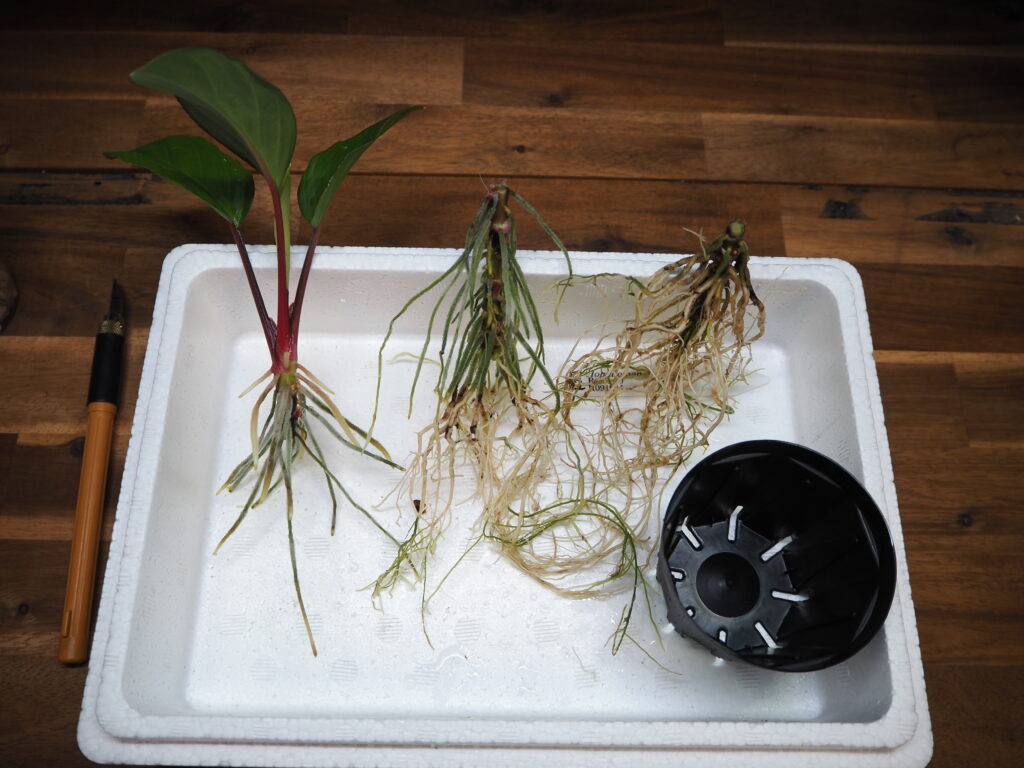
The cut lower half can be placed in a container lined with sphagnum. Or you can plant them in the soil in the same way.
Put a few hard stones in the bottom of the plant pot. This will help to keep water flowing and aeration good.
If your Homalomena has a lot of roots, you can move them so that they twist in either direction when you plant them.
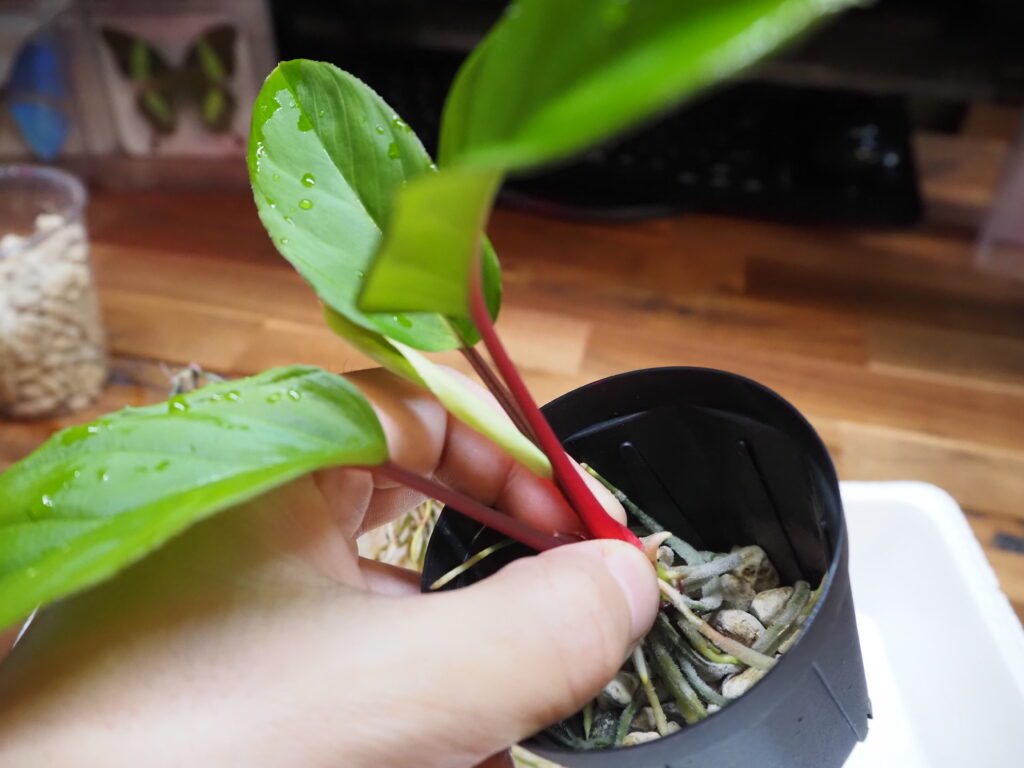
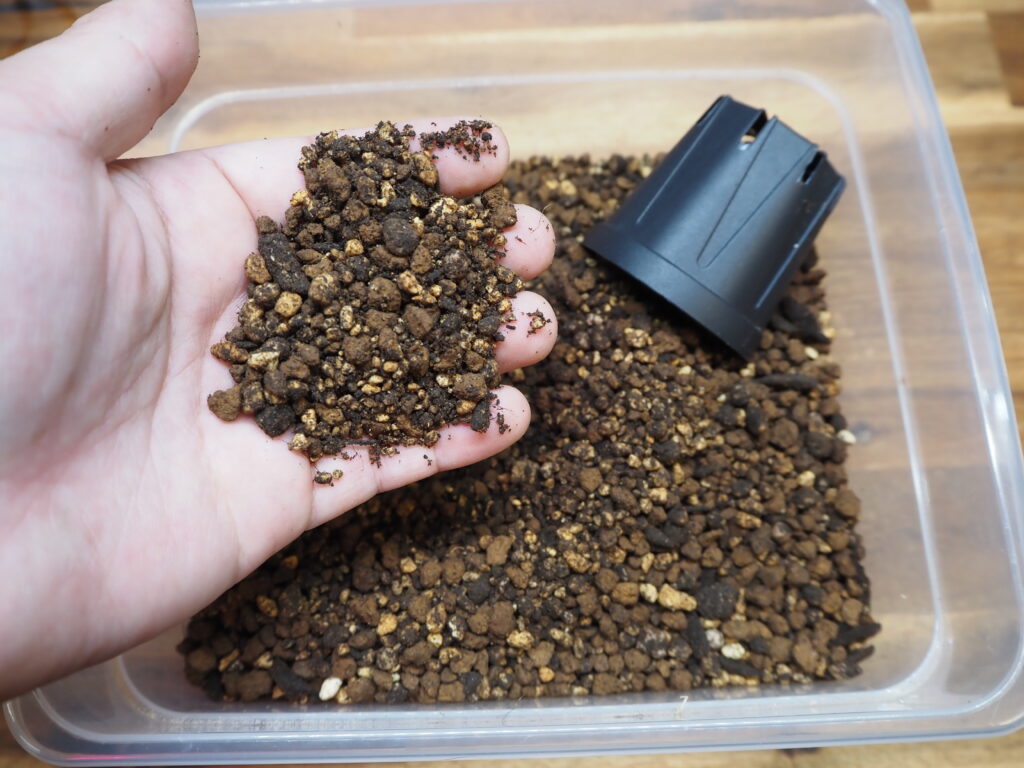
This is the soil I use.
It is a mixture of akadama soil, kanuma soil and humus soil. The amount is about 45% 45% 10%, but I don’t measure exactly because I’m very sketchy. Fertilizer is also pre-mixed in this mixture.
[Only the highest quality, fully fermented, humus can be used. If poor quality humus is used, a lot of fungus may develop and Homalomena will quickly die. There are no major problems without humus, so it is not recommended for beginners]
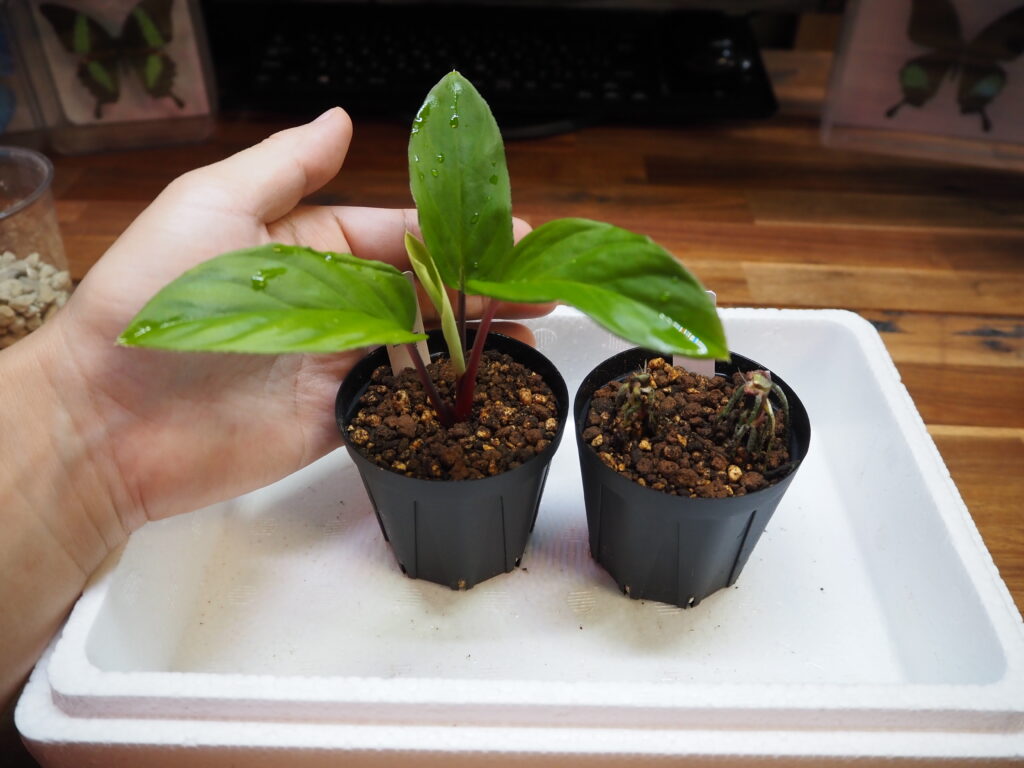
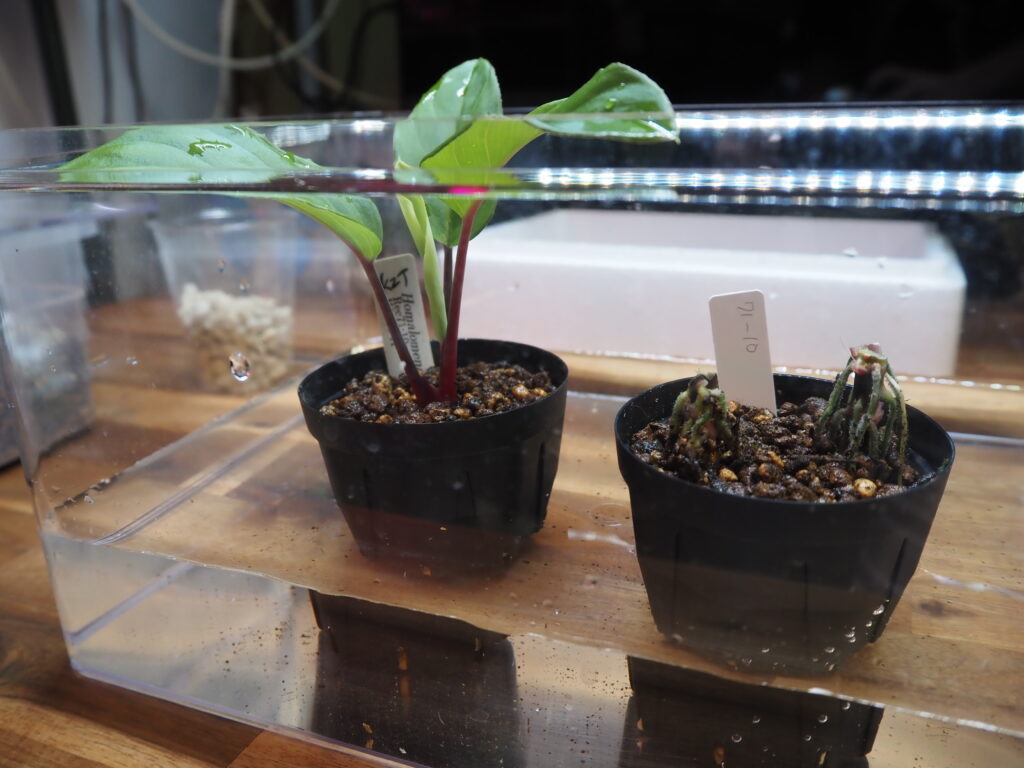
Shape the plant as shown in the photo, and soak the whole plant pot in water to thoroughly wet the soil. Immediately after repotting, the water supply capacity will be temporarily reduced, so be careful not to let it dry out.
This repotting sample had many sturdy roots, so after the soil is sufficiently wet, you can put it back where it was, but if you repot Homalomena with fewer roots, be more careful about drying out than usual.
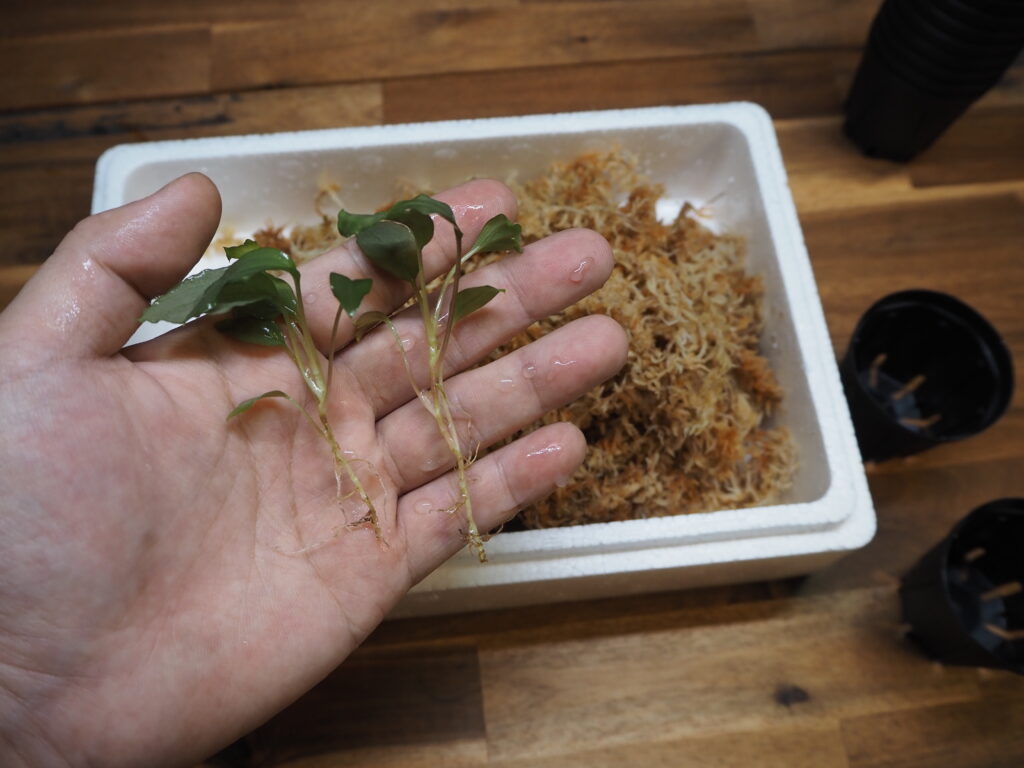
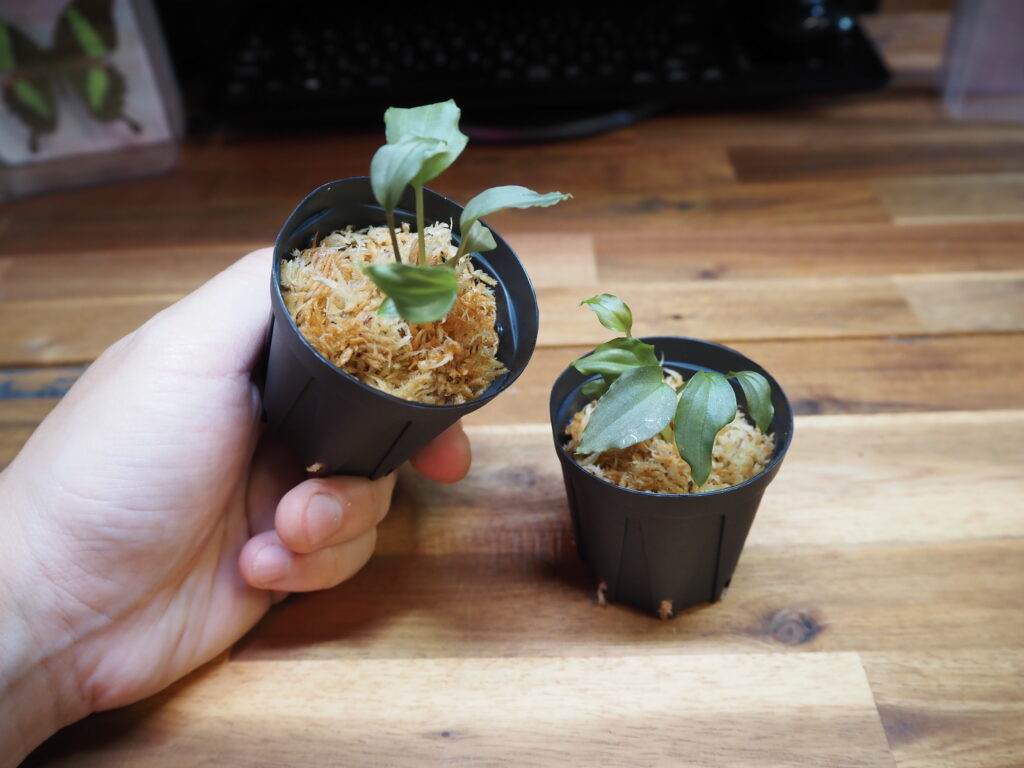
These white ceramic grains react with water to produce oxygen. Mixing this kind of material in a flower pot has a positive effect on root growth.
The material is useless for people who water their plants frequently. I use this kind of material because I am lazy.
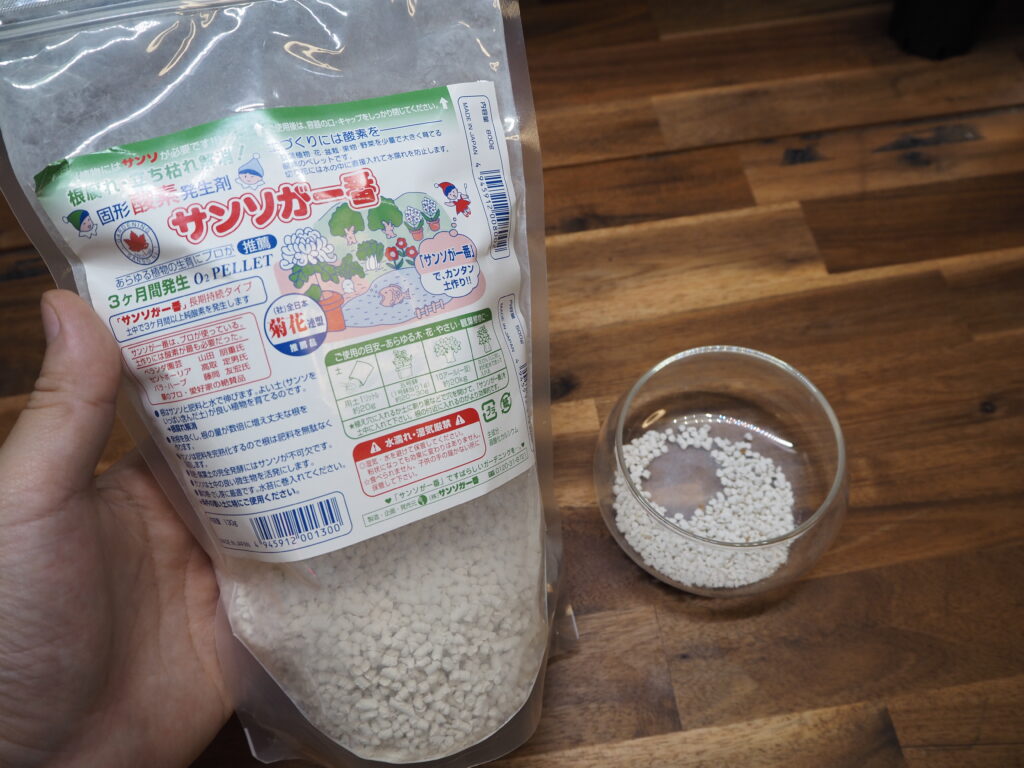
I hope this article will be useful as a hint for others.

